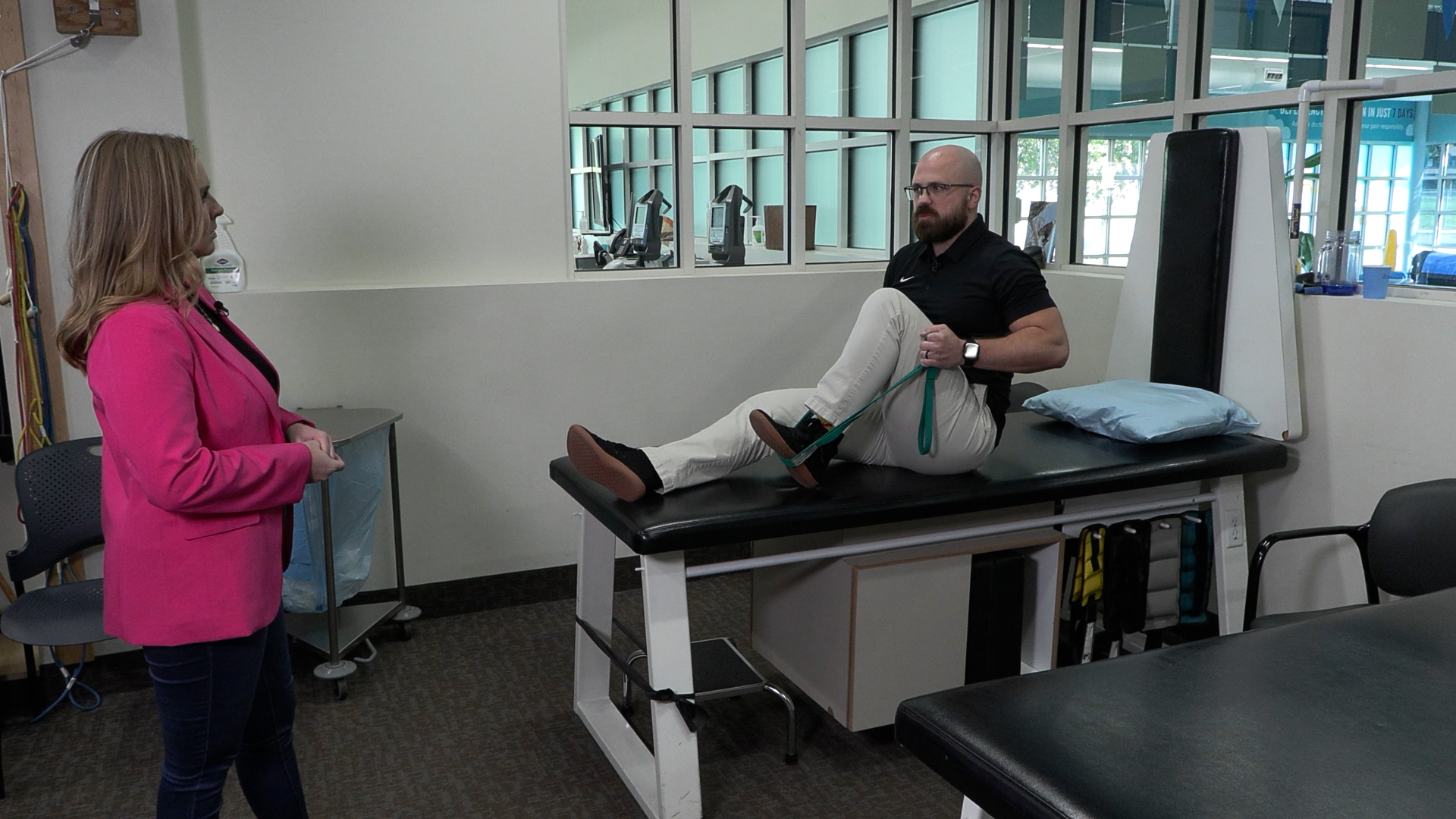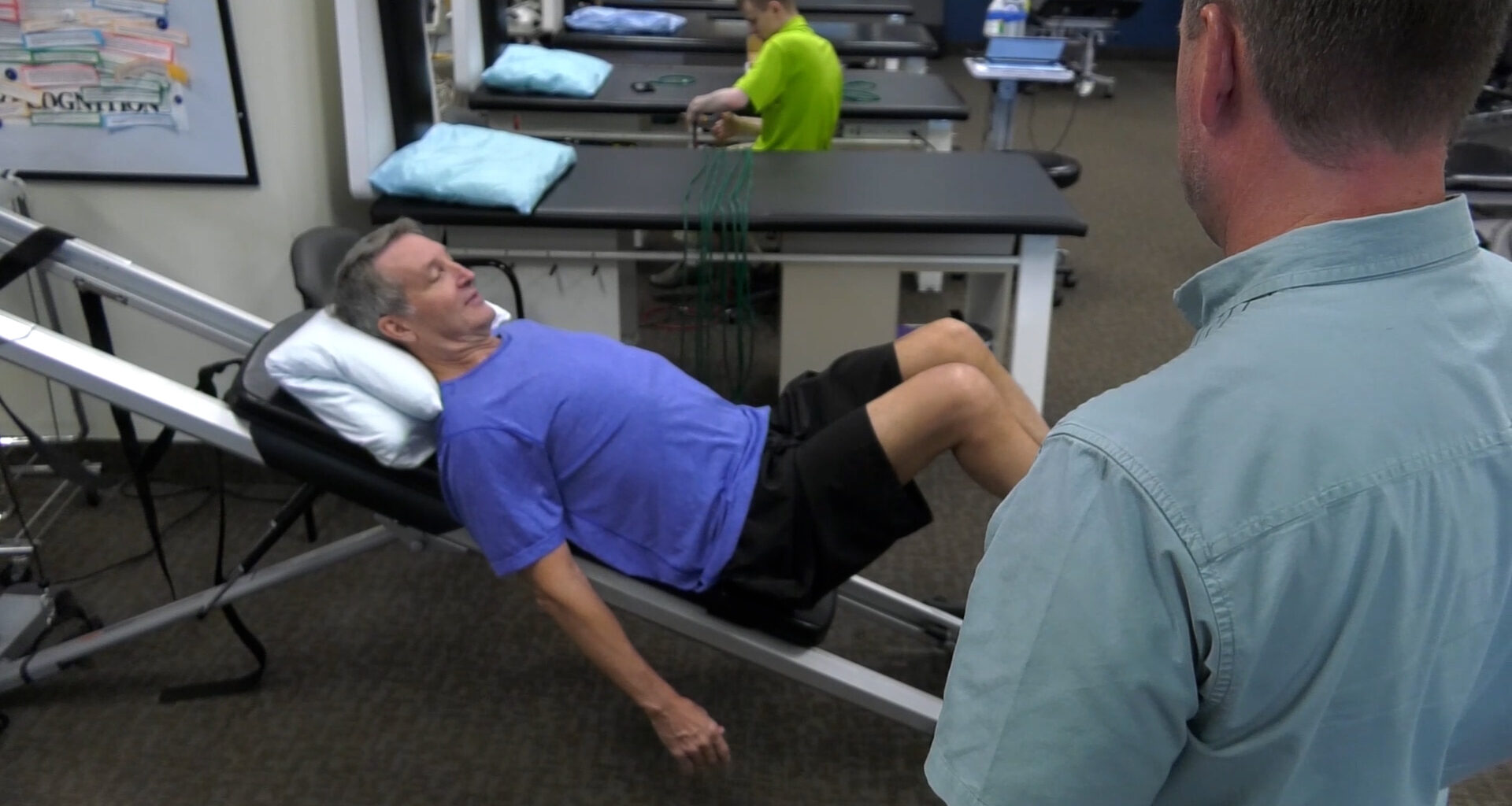MURRAY — When it comes to surgery, most people focus on what happens afterward — the recovery. But physical therapists say what you do before the operation can make a big difference.
The importance of ‘prehab’
It’s called prehabilitation, or prehab — a plan that helps strengthen and condition your body before surgery so you can bounce back faster after.
“It all just comes down to being as active as possible,” said Dak Adamson, a physical therapist with Intermountain Health.
Adamson said when patients work on mobility and strength in the weeks and months leading up to surgery, they tend to recover more smoothly.
“Going into surgery with better strength and better range of motion allows you to come out of surgery at a better spot,” he said. “You’re not starting from square zero — you can bounce back a little bit quicker.”
For Alan Condrat, 73, who recently had rotator cuff surgery, prehab made all the difference.
Before his surgery, he stayed active by going on walks and lifting weights at the gym.
“Your outcome’s going to be a lot better if you’re in good shape,” he said.
Simple movements that make a difference
Adamson demonstrated several easy exercises designed to improve strength, mobility, and circulation before surgery — things you can do in everyday clothes, even at home.
“If you’re having knee surgery, we want to work on your quad strength and hamstring strength,” he said. “If it’s hip, we want to involve the glute muscles.”

Dak Adamson with Intermountain Health demonstrates some exercises you can do to prepare for surgery. (Emma Benson)
Some examples include:
Heel slides: Using a towel roll or yoga strap, put it around your foot and slide your heel toward your hips to keep the knees and hips moving. Hold for 30 seconds, then release.
Quad squeezes: Tighten your thigh muscles, hold for 5-10 seconds, then release.
Sit-to-stands: Practice standing up from a chair and sitting back down to build leg strength.
Ankle pumps: Point and flex your toes to improve blood flow.
Adamson said even a few repetitions a couple of times a day can make a noticeable difference.
And it’s not just about movement. Physical therapists say a good diet, proper hydration and quality sleep all help your body handle surgery and heal more effectively.
“It does definitely play a huge role in allowing people to get their strength back,” Adamson said.
Getting started
You can do prehab with the help of a physical therapist or on your own at home. Whether it’s a knee, shoulder, or hip, getting stronger before surgery can set you up for a smoother recovery.
Intermountain Health also offers ArthroFit classes, which can be a great option for patients preparing for surgery.
Related: Healthy aging in action: Park City seniors find strength through exercise and friendship

